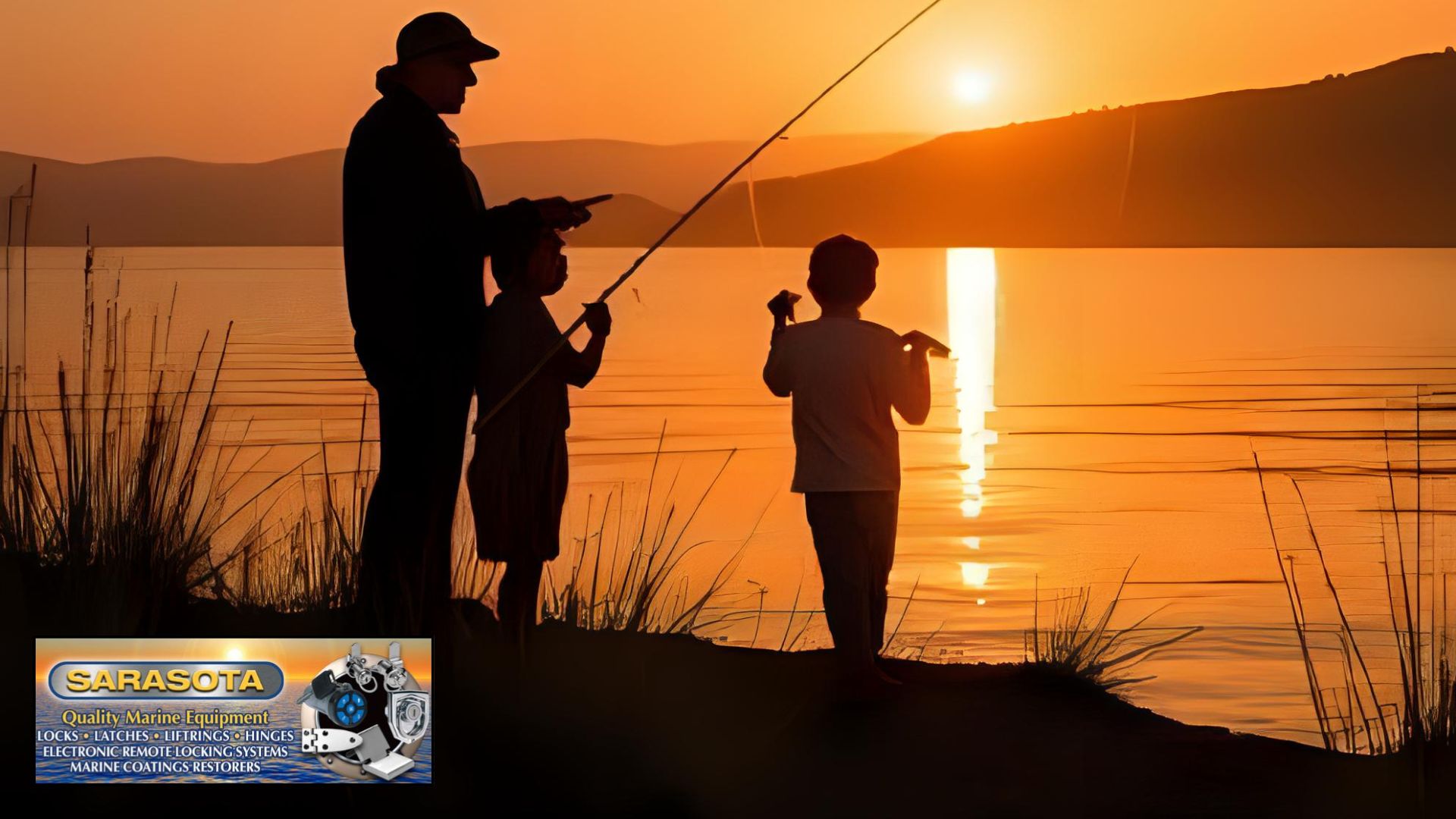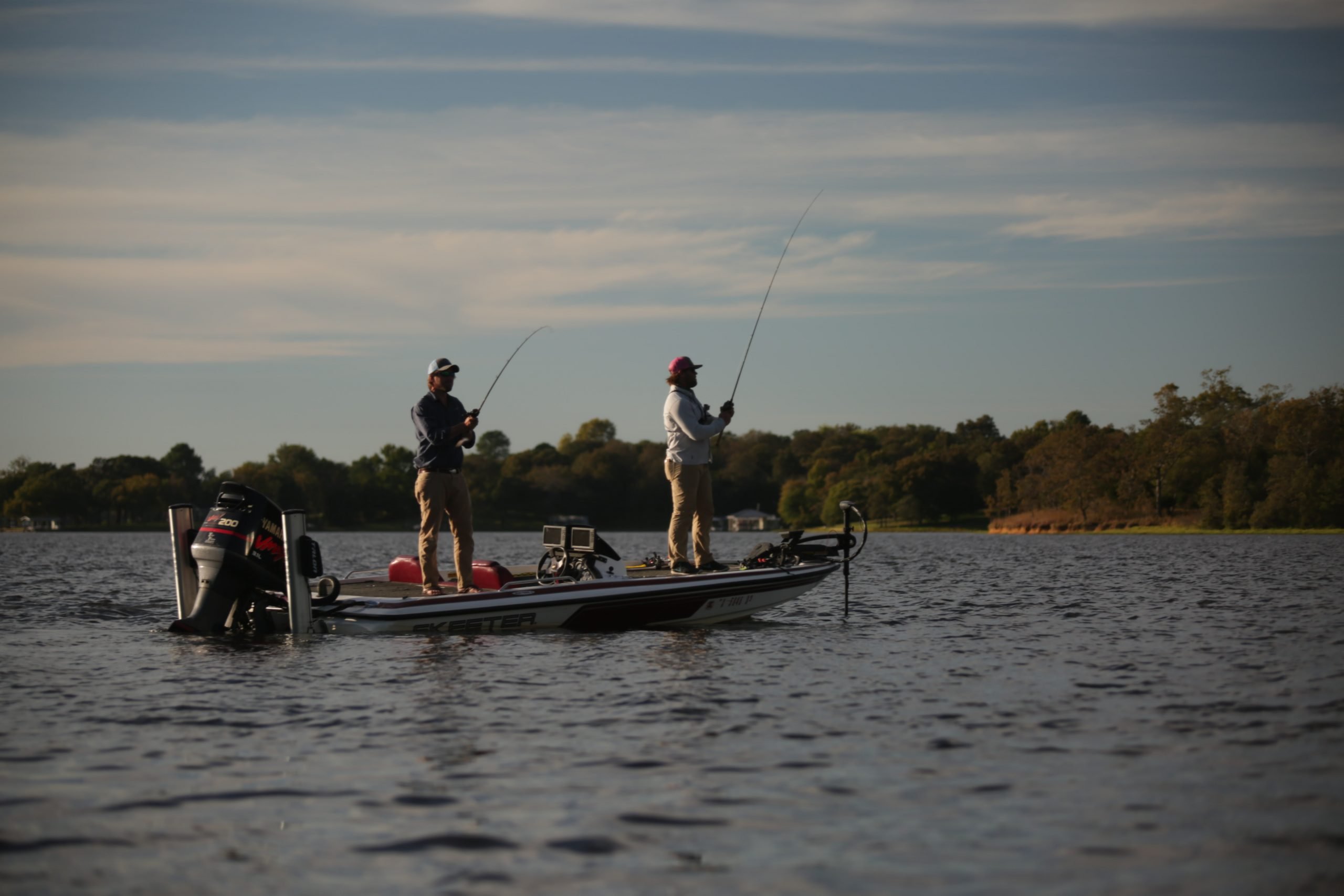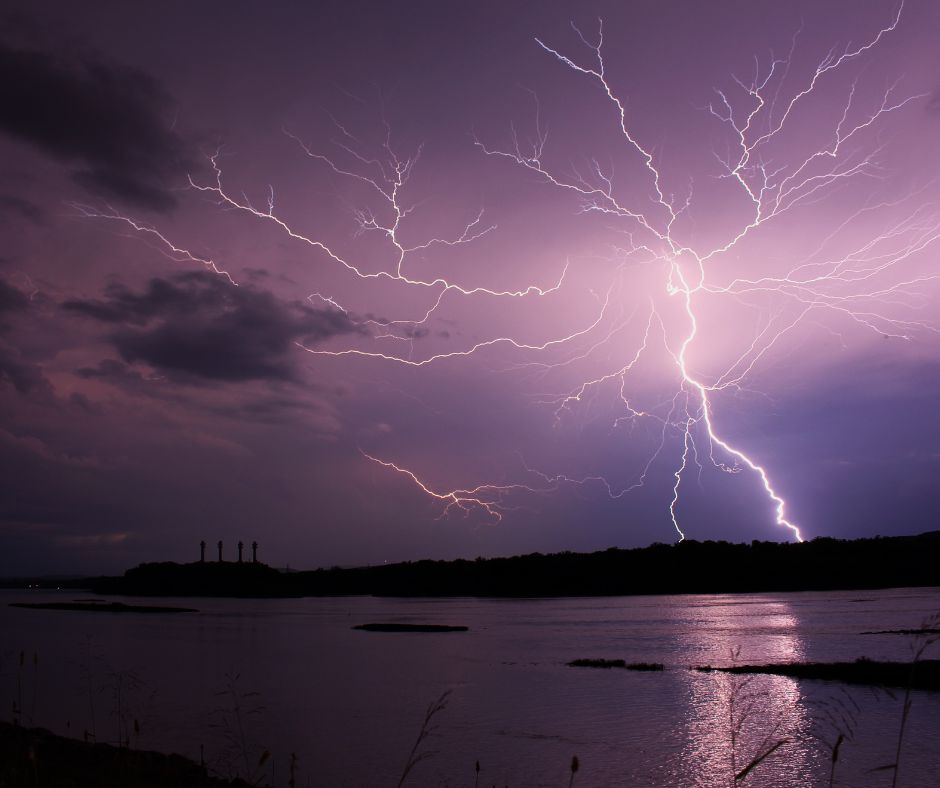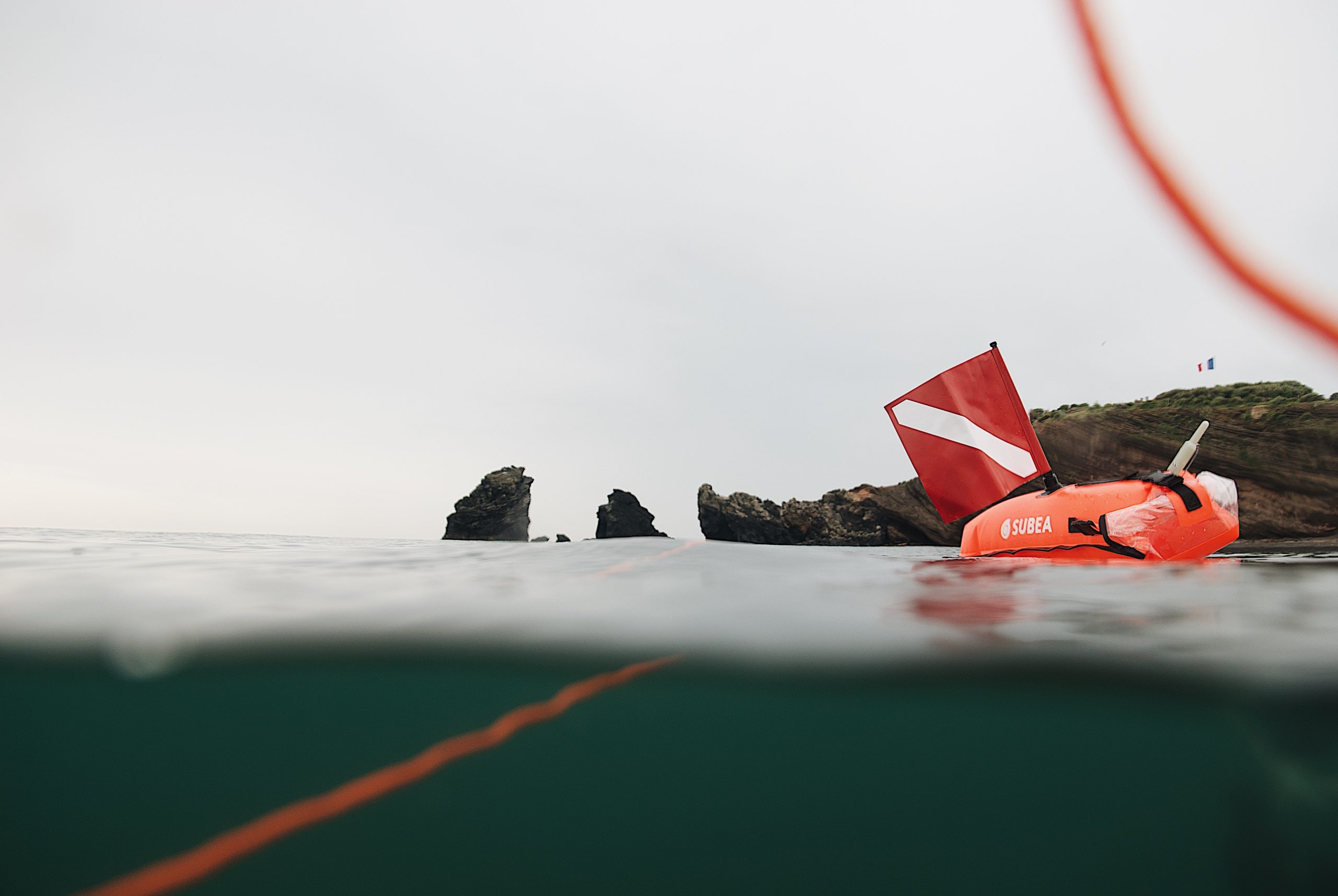Parents find traditional outdoor activity develops patience, persistence and problem-solving in young learners
Teaching a child to fish requires patience from both instructor and student, but the rewards extend far beyond catching dinner. Parents nationwide are rediscovering that time spent at the water’s edge offers teachable moments impossible to replicate in a classroom or on a screen.
The learning begins before the line ever hits the water. Children must understand how to hold the rod properly, where to stand safely, and why silence increases their chances of success. These early lessons in following instructions and respecting the environment set the foundation for more complex skills.
Baiting a hook teaches fine motor control and gentle handling. Young anglers learn that rushing leads to tangled lines and lost bait. The repetitive motion of casting and reeling builds muscle memory while demonstrating that improvement comes through practice, not instant mastery. Learning to tie proper fishing knots becomes an essential skill that teaches precision and attention to detail.
Perhaps the most valuable lesson comes during the wait. A child holding a fishing pole learns that patience isn’t passive—it’s active observation. They watch the bobber, feel for tension on the line, and stay alert for the moment to act. This sustained attention teaches focus in an age where distractions are constant.
When a fish bites, the real teaching intensifies. An instructor guides the child through setting the hook at the right moment, maintaining tension on the line, and bringing in the catch without losing it. These rapid-fire decisions teach children to stay calm under pressure and trust their training when excitement peaks.
Losing a fish provides equally important lessons. Disappointment becomes an opportunity to discuss what went wrong and how to improve next time. Children learn that failure isn’t final and that analyzing mistakes leads to better results—lessons applicable to every challenge they’ll face in life.
Exploring Different Types of Fishing
As children progress in their fishing education, they can explore various types of fishing that each offer unique lessons and challenges.
Bass fishing offers particularly rich teaching opportunities for families. Lakes, ponds and reservoirs across the country hold populations of largemouth and smallmouth bass, making them accessible targets for young anglers. Unlike fishing with live bait and a bobber, bass fishing introduces children to artificial lures and the concept of matching the presentation to conditions. Understanding regional strategies and moon phases adds another layer of learning about natural patterns and environmental factors.
Teaching a child to bass fish means explaining why certain lures work in specific situations. A plastic worm fished slowly along the bottom requires different techniques than a topwater lure skipped across the surface at dawn. Children learn to read water conditions, understand fish behavior, and adapt their approach based on what’s working.
Panfish fishing provides excellent opportunities for beginners. Bluegill, crappie, and sunfish bite readily and fight hard for their size, giving young anglers frequent success that builds confidence. The simple bobber-and-worm setup teaches fundamental concepts without overwhelming complexity.
Trout fishing in streams and rivers introduces children to reading moving water, understanding current breaks, and presenting bait naturally. Fly fishing for trout takes these lessons further, teaching rhythm, timing, and the elegance of proper technique. The challenge of outsmarting wary trout in clear water develops observational skills and strategic thinking.
Catfish fishing teaches patience on a different scale. Bottom fishing for channel cats or flatheads means longer waits but bigger payoffs. Children learn that different species require different approaches and that adapting strategies is key to consistent success. Night fishing for catfish creates especially memorable experiences and teaches children to fish by feel rather than sight.
Saltwater fishing opens entirely new lessons for young anglers. Inshore fishing for redfish, sea trout, or flounder in bays and estuaries teaches children about tides, structure, and how saltwater species behave differently than their freshwater counterparts. Surf fishing from beaches requires understanding wave patterns and reading the water for promising cuts and troughs.
For families near coastal waters, flats fishing offers sight-fishing opportunities where children can actually see the fish they’re targeting. Spotting a tailing redfish or cruising snook teaches observation and stealth, as approaching fish without spoiling them requires patience and careful movement.
Ice fishing provides winter opportunities in northern climates, teaching children that fishing doesn’t end when temperatures drop. The social nature of ice fishing, often done in heated shelters with groups, adds community elements to the learning experience.
Each fishing type builds on fundamental skills while adding new dimensions. Children who master multiple approaches develop versatility and learn that knowledge gained in one area often applies to others—a lesson that serves them well beyond fishing.
Protecting Your Fishing Investment
Teaching children responsibility extends to caring for fishing equipment and securing valuable gear. As families invest in quality rods, reels, tackle, and boats, teaching children about equipment security becomes part of their education.
Properly storing fishing gear protects the investment and teaches respect for tools. Children learn that rods left on docks or tackle boxes left open invite theft or damage. This awareness of security extends to larger investments—boats and watercraft represent significant family assets that require protection.
Boat theft has become an increasing concern for fishing families nationwide. Teaching children about basic security measures—such as removing portable electronics, locking storage compartments, and using trailer locks—instills awareness about protecting valuable property. These lessons about safeguarding equipment apply broadly to other possessions throughout their lives.
Parents who fish from boats should familiarize themselves with comprehensive security practices to protect their watercraft. Understanding proper storage, documentation, and theft prevention measures ensures that fishing trips remain enjoyable rather than ending in costly losses. For detailed information on protecting your boat and fishing equipment, resources like this guide on boat theft prevention offer valuable strategies.
Teaching children to be security-conscious about fishing gear—from remembering to collect all rods before leaving a spot to ensuring trailer hitches are locked—builds habits that protect family investments while reinforcing personal responsibility.
The teaching doesn’t end when the fishing does. Cleaning equipment, properly storing gear, and leaving the fishing spot cleaner than they found it reinforces responsibility and respect for shared spaces. These practical skills build character as surely as academic achievement.
Parents who fish with their children often report improved communication and stronger bonds. The shared experience creates natural opportunities for conversation without the forced feeling of scheduled “quality time.” Teaching becomes collaborative rather than authoritative, with both participants learning from successes and setbacks.
Teaching a child to fish means teaching them to learn, to persist when things get difficult, and to find satisfaction in mastery earned through effort. The fishing pole becomes a tool for shaping character, one cast at a time.




